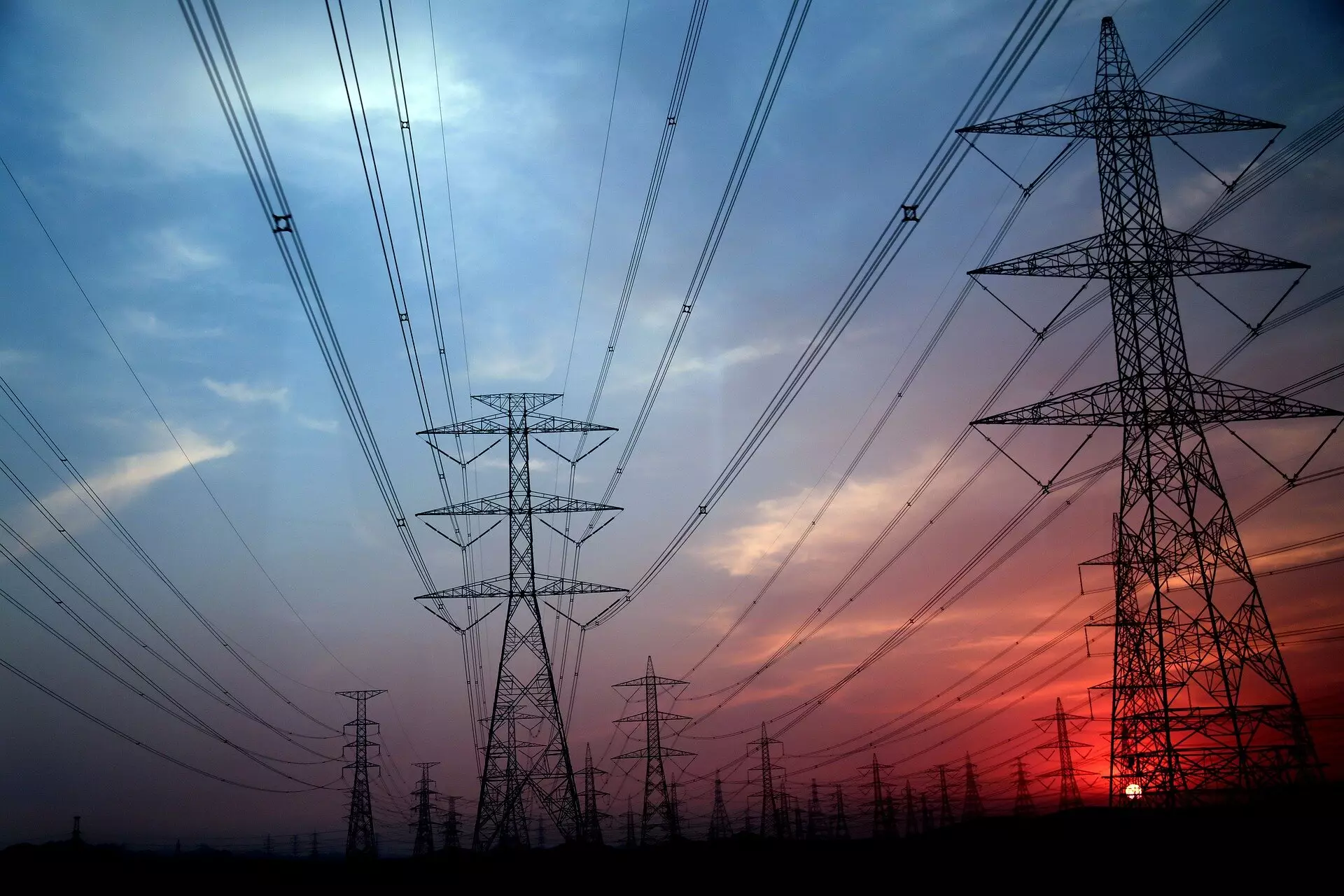As the world speeds toward decarbonization, the energy landscape is undergoing a dramatic transformation. Energy policies focusing on clean energy initiatives increasingly advocate for an electric future, pushing gas utilities into a corner. Scholars from Stanford University and the University of Notre Dame contend that regulators must rethink their strategies to address the intensifying rivalry between these two sectors. A white paper from Stanford’s Climate and Energy Policy Program underscores the necessity for a unified regulatory framework that integrates both electric and gas utilities, facilitating a more effective transition to zero-carbon buildings.
The traditional boundaries separating gas and electric utilities are beginning to blur, as state regulators grapple with new challenges posed by climate initiatives. Electric alternatives, especially in heating and cooking technologies, are growing more prevalent due to advancements and efficiency gains. This competition has prompted gas utilities to defend their market shares vigorously, raising crucial questions about regulatory approaches and energy efficiency.
Utility regulators find themselves at a crossroads, challenged by an intricate matrix of climate concerns, public safety, and equity issues. As emphasized by Joshua Lappen, a co-author of the aforementioned white paper, the growing rivalry between gas and electric utilities is a double-edged sword. While it presents opportunities for innovation and improved energy efficiency, it also risks prolonging the reliance on outdated infrastructure and creating unjust financial burdens for low-income energy users. Regulators can better address these challenges by formalizing their approach to an integrated energy sector, allowing for strategic management of the transition process.
Currently, the disparate treatment of gas and electric utilities can lead to inefficient resource utilization. The white paper warns that if state public utility commissions (PUCs) fail to adapt their planning, they may inadvertently delay decarbonization efforts while unnecessarily increasing costs for consumers. The recent federal Inflation Reduction Act, which incentivizes electric appliances, furthers the urgency for cooperative regulatory frameworks.
The white paper, dubbed “The Unseen Competition in the Energy Transition,” makes a compelling argument for consolidating planning processes for gas and electric utilities. The authors advocate for treating these utilities as components of a unified energy sector. By streamlining coordination, regulatory bodies could optimize investments across both systems, minimize stranded assets, and ensure a speedier, equitable transition to a decarbonized energy system.
Such consolidation would empower regulators to efficiently allocate resources, preventing the negative impact of maintaining two competing infrastructures within the same regions. The authors urge state regulators to consider merging gas and electric utilities that operate in overlapping service territories. This innovative approach could facilitate more cohesive decarbonization strategies while ensuring service reliability and safeguarding ratepayers from rising costs.
The authors of the white paper are unequivocal about the perils of failing to act. They underscore that gas utilities, driven by financial incentives, may continue to expand fossil fuel infrastructure, which could become financially detrimental as decarbonization timelines shorten. This scenario poses considerable risks for consumers already facing financial burdens in accessing energy.
Furthermore, maintaining competition between gas and electric utilities without a central regulatory strategy risks locking consumers into an inefficient energy system. Consequently, consumers might bear the costs of maintaining outdated infrastructure that contradicts long-term environmental goals.
To accelerate the energy transition and protect both consumers and the economy, a paradigm shift in regulatory approaches is paramount. As Amanda Zerbe, another co-author of the white paper, contextually explains, the time has come for regulators to treat gas and electric utilities as an interconnected energy system. This revolutionary step would lay the groundwork for achieving climate objectives while catering to emerging consumer needs for affordable, reliable, and carbon-neutral energy solutions.
The collective insights of experts such as Michael Wara and Michael Mastrandrea further bolster the proposition of guided regulatory flexibility. By addressing intertwined energy demands and carefully managing inter-utility competition, the U.S. can position itself as a leader in global decarbonization efforts, ensuring that all consumers benefit from a fair and sustainable energy future.
The current dynamic between gas and electric utilities presents both challenges and opportunities. By adopting a coordinated regulatory approach, state regulators can optimize decarbonization efforts, protect consumers, and pave the way toward a more sustainable energy ecosystem. The necessity for unified planning is not just a theoretical notion—it is a crucial step toward a viable and equitable energy future.

